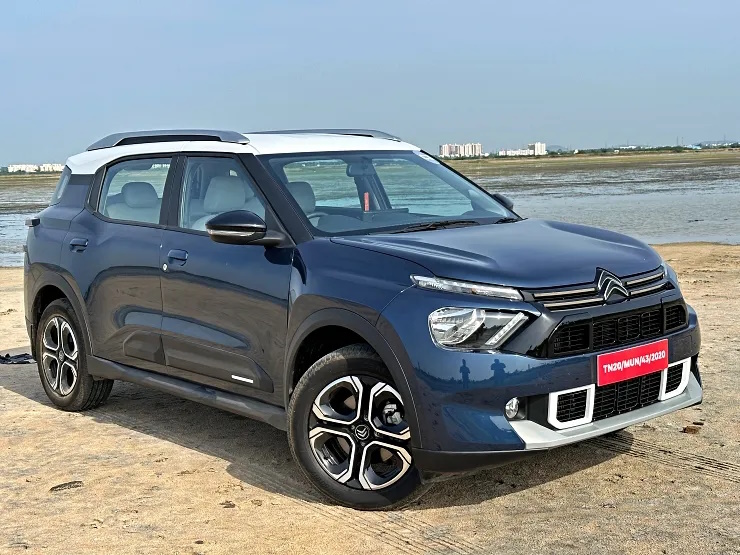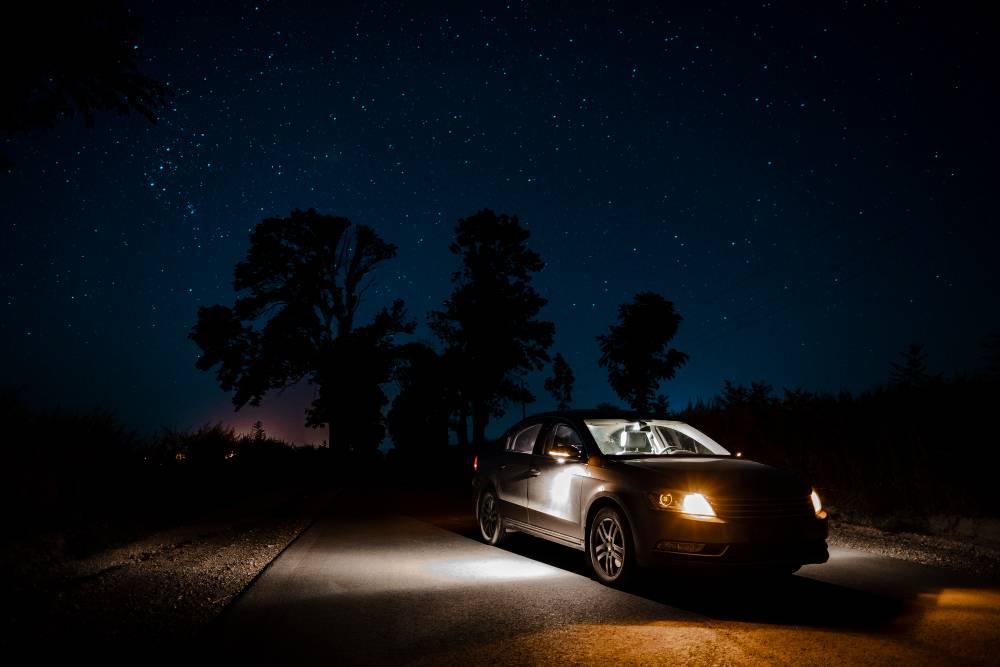The compact SUV is what the compact car used to be. As Americans have gone looking for reliable family transportation with enough cargo space for most needs, plus the grip of all-wheel drive (AWD) and the ability to see over everyone else’s SUV, they’ve discovered that compact SUVs are an affordable way to get everything they need.
The Mazda CX-5 and Honda CR-V are two of the pillars of this class. They’ve each been the right answer for millions of buyers, and each has more than a decade of history to draw on.
You might be happy with either one. But they’re not interchangeable. Each brings a unique set of traits to win your attention. Let’s see how they compare in the 2024 model year.
2024 Mazda CX-5
The 2024 Mazda CX-5 is the most athletic affordable compact SUV. It makes no secret of that, with sleek good looks in a class where everyone else keeps trying to look more rugged. Mazda offers it with a choice of two engines, including the most powerful mill in its class. Critics praise its handling. Prices start at $29,300.
Mazda CX-5 Highlights
Standard AWD: Every CX-5 comes standard with Mazda’s i-Activ AWD system. Only the top-of-the-line CR-V Sport Touring hybrid model comes with AWD out of the box. Power to all four wheels adds $1,500 to the price of every other CR-V trim.
Available turbo power: These two come with similar base engines. But each automaker offers an upgrade, and they are nothing alike. Honda’s is a 204-horsepower hybrid setup – very efficient but not much quicker than the base model. Mazda’s is a turbocharged 4-cylinder good for 227 horsepower with regular fuel and 256 with premium – more power than anything else in this class.
That Mazda handling: Almost every Mazda product comes with torque vectoring – a system that brakes each wheel independently to keep the car stable in turns. You’d expect it on a performance car, not a compact SUV. But that’s what separates Mazda from its competition.
Check this week’s Fair Purchase Price or see the CX-5 models for sale near you
2024 Honda CR-V

The 2024 Honda CR-V isn’t entirely new, but it’s close. It was redesigned for the 2023 model year, so its rugged new look is just becoming a common sight around the neighborhood. It’s refined inside and out, with an available hybrid powertrain that is more fuel-efficient and powerful than the base model. Pricing starts at $29,500.
Honda CR-V Highlights
Optional hybrid drivetrain: Honda offers two excellent hybrid trims good for up to 40 mpg in front-wheel drive configuration. Mazda is simply behind the industry on electrification. There is no hybrid CX-5.
Class-leading cargo volume: The CX-5 had to give up some cargo space to get its curvy looks. Who goes shopping for an SUV and doesn’t need cargo space? The CR-V is near the top of its class, beating the Mazda by more than 16 cubic feet.
Standard Traffic Jam Assist: It’s not just luxury automakers that are working toward automated driving. Honda’s Traffic Jam Assist system is a great stress reliever. It takes over some of the duties of driving – accelerating, braking, and steering to hold its place in traffic – under 45 mph. It’s standard on every CR-V. Yes, even the base model.
Check this week’s Fair Purchase Price or see the CR-V models for sale near you.
Similarities
These are both good-looking small SUVs with identical warranties and nearly identical base engines.
Conclusion
The odds are good that either one of these could meet your needs. But we find the CX-5 more fun to drive, and like its standard AWD in snowy climates. The CR-V has the advantage in space, offers a hybrid powertrain, and includes Traffic Jam Assist, which would be a big factor in our decision if we had a busy commute.
Either could be a great choice.
Specs
| 2024 Mazda CX-5 | 2024 Honda CR-V | |
| Starting Price | $29,300 | $29,500 |
| Popular Powertrains | ||
| Engine | 2.5-liter 4-cylinder | 1.5-liter turbocharged 4-cylinder |
| Horsepower | 187 hp @ 6,000 rpm | 190 hp @ 6,000 rpm |
| Torque | 186 lb-ft @ 4,000 rpm | 179 lb-ft @ 5,000 rpm |
| Transmission | 6-speed automatic | Continuously Variable Automatic Transmission |
| Fuel Economy | 24 city/30 highway/26 combined (4-cylinder engine) | 28 city/34 highway/30 combined mpg |
| Also Available | 2.5-liter turbocharged 4-cylinder engine w/ 227 horsepower | 2.0-liter hybrid, AWD |
| Specs | ||
| Basic Warranty | 3 years/36,000 miles | 3 years/36,000 miles |
| Powertrain Warranty | 5 years/60,000 miles | 5 years/60,000 miles |
| NHTSA Overall Safety | 5 stars | TBD |
| Max Seating Capacity | 5 | 5 |
| Wheelbase | 106.2 inches | 106.3 inches |
| Overall Length | 180.1 inches | 184.8 inches |
| Width | 72.6 inches | 73.5 inches |
| Height | 65.4 inches | 66.2 inches |
| Turning Diameter | 36.0 feet | 37.3 feet |
| Headroom, Front | 39.7 inches | 38.2 inches |
| Headroom, Rear | 39.0 inches | 38.2 inches |
| Legroom, Front | 41.0 inches | 41.3 inches |
| Legroom, Rear | 39.6 inches | 41.0 inches |
| Shoulder Room, Front | 57.1 inches | 57.9 inches |
| Shoulder Room, Rear | 54.8 inches | 55.9 inches |
| Cargo Volume | 30.8/59.3 cubic feet | 39.3/76.5 cubic feet |
 glitzo Shine Bright with Glitzo
glitzo Shine Bright with Glitzo




